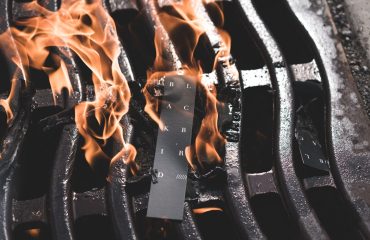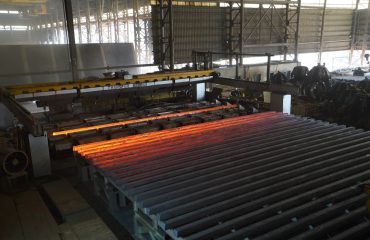body {
font-family: sans-serif;
line-height: 1.6;
}
h1, h2, h3 {
color: #333;
}
In the world of plumbing, industrial processes, and construction, the choice of pipe connection significantly impacts the project’s success. While various joining methods exist, threaded pipes stand out for their robust nature and adaptability. This comprehensive guide delves into the features and advantages of threaded pipes, explaining why they remain a preferred choice across diverse applications.
Understanding Threaded Pipe Connections: A Closer Look
Threaded pipes, unlike their seamless counterparts, feature external or internal threads that allow for connection through screwing. These threads create a mechanical interlocking mechanism, providing a secure and reliable joint. The most common thread types include NPT (National Pipe Taper), BSP (British Standard Pipe), and BSPT (British Standard Pipe Taper). The taper in NPT and BSPT threads helps create a tighter seal as the pipe is tightened, while BSP threads are parallel. The selection of thread type depends heavily on the application and relevant industry standards. Understanding the nuances of different thread types is crucial for ensuring a leak-free and durable connection. Incorrect thread pairings can lead to leaks, damage, and potential safety hazards.
Superior Strength and Leak Resistance: The Advantages of Threaded Joints
One of the primary advantages of threaded pipes is their superior strength. The mechanical interlocking of the threads distributes stress evenly across the joint, resulting in a highly robust connection capable of withstanding significant pressure and vibration. This is especially crucial in high-pressure applications like industrial pipelines and hydraulic systems. Furthermore, the compressive force generated during tightening creates a seal, effectively preventing leaks. This is particularly important in applications where leakage could lead to environmental damage or safety hazards, such as transporting hazardous materials or handling potable water.
Ease of Installation and Disassembly: Simplifying Your Projects
Compared to other joining methods like welding or soldering, threaded pipe connections offer a significant advantage in terms of installation and disassembly. Threaded pipes can be easily assembled and disassembled using standard tools, such as pipe wrenches or thread sealant. This simplifies maintenance and repair processes, saving time and labor costs. This ease of installation is especially beneficial in situations where access is limited or where frequent adjustments or replacements are anticipated. The ability to readily disassemble threaded connections for inspection or repair is a significant advantage over permanent joining methods.
Versatile Applications: Threaded Pipes Across Industries
The versatility of threaded pipes is another key factor contributing to their widespread use. They find applications in a wide range of industries, including:
- Plumbing: Threaded pipes are a staple in domestic and commercial plumbing systems, handling water distribution, drainage, and gas lines.
- Industrial Processes: They are used extensively in chemical processing, manufacturing, and oil and gas industries for transporting fluids and gases under varying pressure conditions.
- Construction: Threaded pipes are employed in fire sprinkler systems, HVAC systems, and other building services.
- Automotive: Threaded pipes are utilized in various components of vehicles, including fuel lines and brake systems.
This broad applicability underscores the adaptability and reliability of threaded pipe connections across a wide spectrum of applications.
Choosing the Right Threaded Pipe: Material and Size Considerations
The choice of threaded pipe involves considering several factors, including the material and size. Common materials include steel (galvanized and black), copper, brass, and PVC. Each material offers distinct properties in terms of strength, corrosion resistance, and cost. Steel pipes are known for their high strength, while copper and brass offer excellent corrosion resistance. PVC pipes are lightweight and corrosion-resistant, but their pressure tolerance is lower. The pipe size, measured in nominal diameter (e.g., 1 inch, 2 inch), must be selected based on the required flow rate and pressure. Accurate sizing is crucial for optimal performance and preventing issues like excessive pressure drop or burst pipes.
In conclusion, threaded pipes offer a compelling combination of strength, versatility, ease of installation, and cost-effectiveness, making them a preferred choice for a vast array of applications. Understanding their features and advantages is essential for engineers, plumbers, and anyone involved in projects that utilize pipe systems.
SEO Tags:
Threaded Pipes, Pipe Fittings, NPT Pipe, BSP Pipe, Plumbing Supplies




